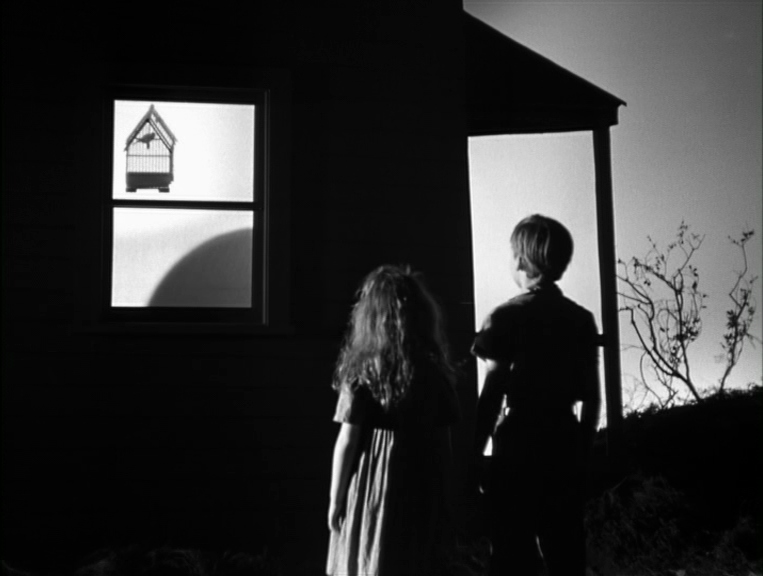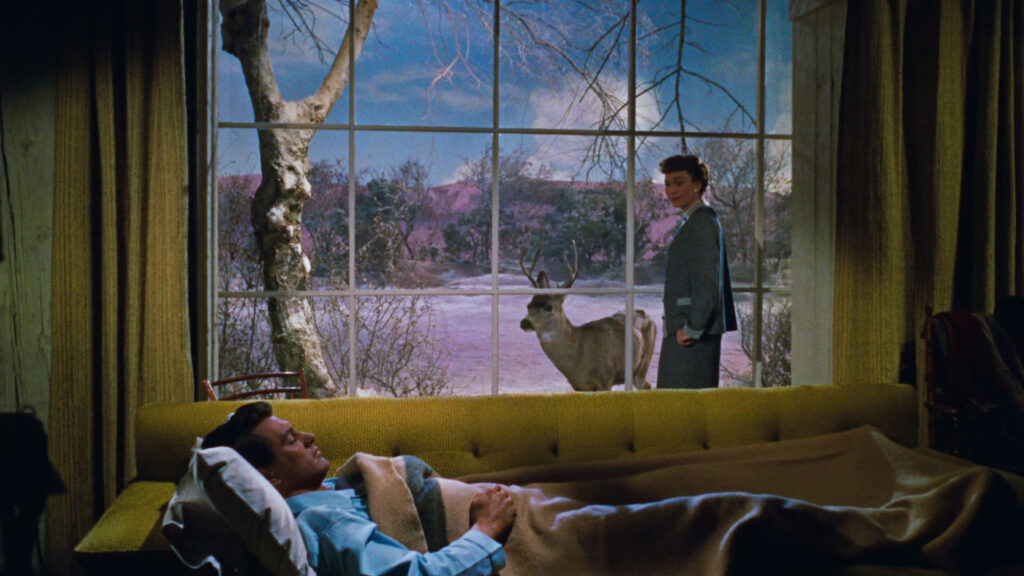Film is a medium that constantly draws inspiration from various sources, influencing and shaping the work of filmmakers across generations. Quentin Tarantino is famous for ‘stealing’ inspiration from other films. In recent years, Ari Aster made an impression on movie-going audiences with his fresh and effective take on horrorfilms and dark comedy. Aster, not unlike Tarantino, finds inspiration in films from other directors.
One such instance of inspiration can be found in the opening scene of the critically acclaimed film ‘The Headless Woman’ (2008) directed by Lucrecia Martel. This Argentine drama captivated audiences with its enigmatic narrative and introspective exploration of guilt and identity. Director Ari Aster, known for his unsettling and thought-provoking films, has acknowledged the influence of Martel’s work in shaping a particular scene in one of his own movies. In this article, we will delve into the opening of ‘The Headless Woman’ and discuss how it inspired a scene in Aster’s filmography, highlighting the interplay of ideas and artistic vision between these two talented filmmakers.
The Opening of ‘The Headless Woman’ (2008)
The opening sequence of ‘The Headless Woman’ serves as a masterclass in visual storytelling. The film follows the journey of Vero, a middle-aged woman who becomes involved in a hit-and-run accident. The scene in question begins with a shot of a dog running across a road, followed by the sudden sound of a collision. The camera then pans to a close-up of Vero’s face, capturing her bewildered expression. As the scene progresses, the audience becomes acutely aware of the disorienting effect the accident has on Vero’s perception of reality. The use of sound design and cinematography creates a sense of unease, drawing viewers into Vero’s fragmented state of mind.

Ari Aster’s Scene And Its Connection To ‘The Headless Woman’
Ari Aster, known for his films ‘Hereditary’ (2018) and ‘Midsommar’ (2019), has openly expressed his admiration for ‘The Headless Woman’ and how it influenced his own work. In Aster’s film ‘Hereditary,’ there is a pivotal scene where Peter, played by Alex Wolff, is driving home after a traumatic event.
En route to a social gathering, Peter finds himself responsible for his younger sister, whom he is babysitting. Tragically, the sister consumes a slice of cake laced with the very nuts she is severely allergic to. Desperate to save her, Peter accelerates their homeward journey, desperately racing against time to provide her with the necessary medical attention. But as she’s suffocating, she decides to hang out the window for air. Their high-speed trajectory sends her vulnerable face colliding with a merciless traffic sign, severing her young life in an instant.

Suddenly, the weight of the situation crashes down upon Peter’s consciousness, shattering any semblance of normalcy. As every fiber of his being screams for action, he finds himself trapped within the confines of sheer shock and disbelief. In an arresting portrayal, the camera captures Peter frozen in his despair, as if trapped within the paradoxical confines of Schrödinger’s cat experiment. Time stands still, his inertia mirroring the unsteady balance between life and death.
Aster drew inspiration from the opening of ‘The Headless Woman’ to create a similar disorienting atmosphere and convey Peter’s psychological turmoil. In both films, the realization of what occured leads both characters to be freezed in a state of shock.
Sound and Cinematography
In both scenes, the use of sound design plays a crucial role. Aster employs subtle sound cues to heighten tension and evoke a sense of unease. These auditory elements mirror the disorienting effect experienced by both Vero and Peter, blurring the line between reality and their fragile mental states. Additionally, similar to ‘The Headless Woman,’ Aster employs close-up shots of the characters’ faces to capture the intensity of their emotions, emphasizing their internal struggles.
Aster’s scene also utilizes cinematography techniques reminiscent of ‘The Headless Woman.’ Both scenes employ slow and deliberate camera movements, creating a sense of suspense and allowing the audience to fully immerse themselves in the characters’ perspectives. The deliberate pacing and precise framing contribute to the overall mood and thematic resonance of the scenes.

Themes of Guilt and Identity
‘The Headless Woman’ and Aster’s films share thematic elements that revolve around guilt and identity. In ‘The Headless Woman,’ Vero’s involvement in the hit-and-run accident triggers a profound psychological crisis, forcing her to confront her own guilt and question her sense of self. Similarly, Aster’s films explore themes of guilt and its impact on individual identity. Whether it be the guilt of passing on familial trauma in ‘Hereditary’ or the guilt of personal choices in ‘Midsommar,’ the emotional weight and psychological complexity of the characters parallel Vero’s journey in ‘The Headless Woman.’

Conclusion
The opening scene of ‘The Headless Woman’ (2008) by Lucrecia Martel inspired a scene in Ari Aster’s ‘Hereditary.’ The interplay of sound design, cinematography, and thematic resonance between these two works showcases the influence and power of filmmaking as a form of artistic expression. Martel’s ability to create a disorienting atmosphere and delve into the depths of guilt and identity resonated with Aster, leading him to draw inspiration from her work. As filmmakers continue to be inspired by their predecessors, it is through these creative connections that the art form evolves.




